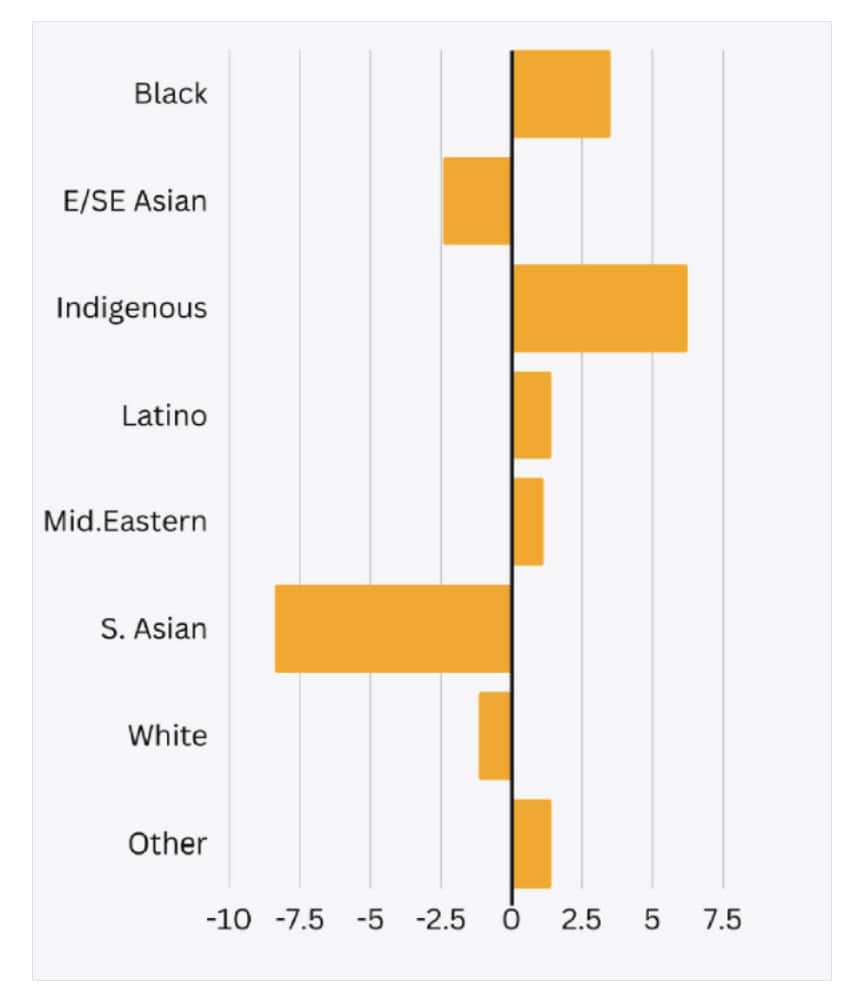Black and Indigenous people overrepresented in SIU cases in Ontario but data sparse
Published October 17, 2023 at 2:31 pm

A new report shows Black and Indigenous people more frequently represented in Special Investigations Unit (SIU) cases, however, few people responded to the data collection surveys.
The SIU released a Race-Based Data report today (Oct. 17) based on data collected for cases between Oct. 1, 2020 and Sept. 30, 2021. Researchers with Wilfrid Laurier University prepared the report.
The SIU investigates Ontario police forces where a person has been seriously injured or alleged sexual assault in an interaction with police or has been the subject of a firearm discharge by the police.
The police watchdog started collecting data in 2020 following a public outcry and anti-Black racism rallies. Previously, the SIU only collected the age and gender of the people involved in investigations.
“As with any public agency, the SIU must be vigilant in identifying and eliminating systemic racism wherever it may be found in its operations,” said SIU Director Joseph Martino in a press release today (Oct. 17). “The collection and analysis of race-based data is a critical step in this process, as is its release to the public.”
Many police forces across Ontario have found Black and Indigenous people are overrepresented in interactions with police.
Durham Police found 22 per cent of police use of force interactions were directed at Black people while about eight per cent of the population is Black. Peel Regional Police used force on Black people 3.2 times more than their share of the population.
The SIU Race-Based Data report found that people identified as Black were represented nearly 3.5 times more frequently compared to their proportional representation in the Ontario population.
People who identified as Indigenous were nearly 6.25 times more frequently represented.
People who identified as Latino, Middle Eastern and other were represented slightly more frequently.
People who identified as East or Southeast Asian, South Asian or white were either less frequently or significantly less frequently represented in SIU investigations.

The study also found people who identified as men were 1.65 times more frequently represented. While people who identified as women were nearly three times less frequently represented.
The SIU notes, however, that has limited ability to choose what cases it investigated as the cases arise from interactions with police.
The data includes both the subject of the police interaction or complainants and the police officers being investigated.
The subjects and the officers provided the race information voluntarily.
Of the 398 surveys given to complainants, 98 were returned (response rate 25 per cent) and of the 460 given to officers, only nine (response rate 2 per cent) were returned.
In cases where the person was killed in a police interaction, the next-of-kin was provided with a survey to complete on behalf of the person who died.
Because of the low response rate, the SIU said it is difficult to make solid conclusions.
“Survey response rates, particularly among Subject Officials (police officers), are simply too low to be able to draw any significant observations about systemic racism at the SIU,” the report notes.
Wilfrid Laurier University researchers had some recommendations for improving the quality and quantity of data collected moving forward including augmenting self-report surveys with investigator-produced reports of perceived race.
Researchers also suggested consultations between the SIU, the attorney general and/or solicitor general to produce accurate, standardized reporting of police demographics. And qualitative interviews with affected persons and subject officials to better understand how race is perceived to influence SIU investigations.
See the full report here.






